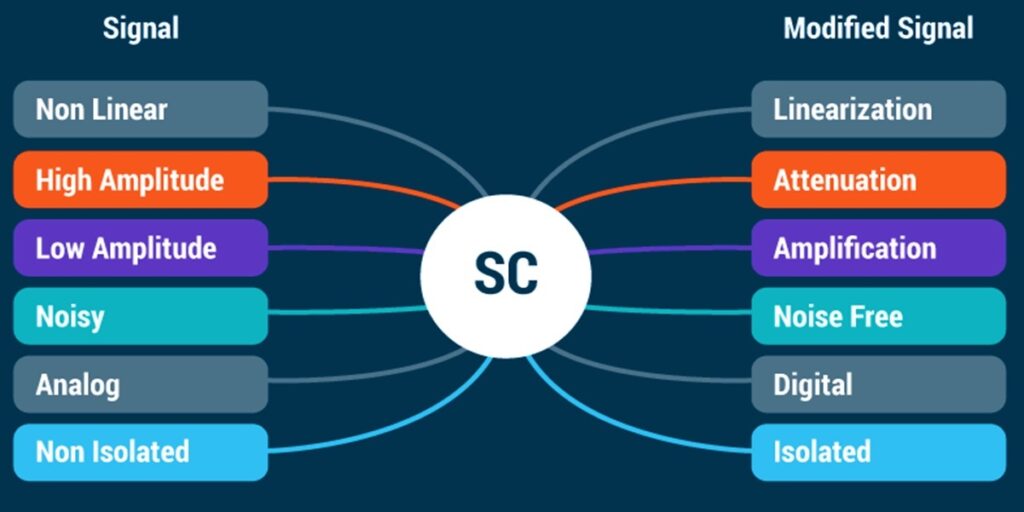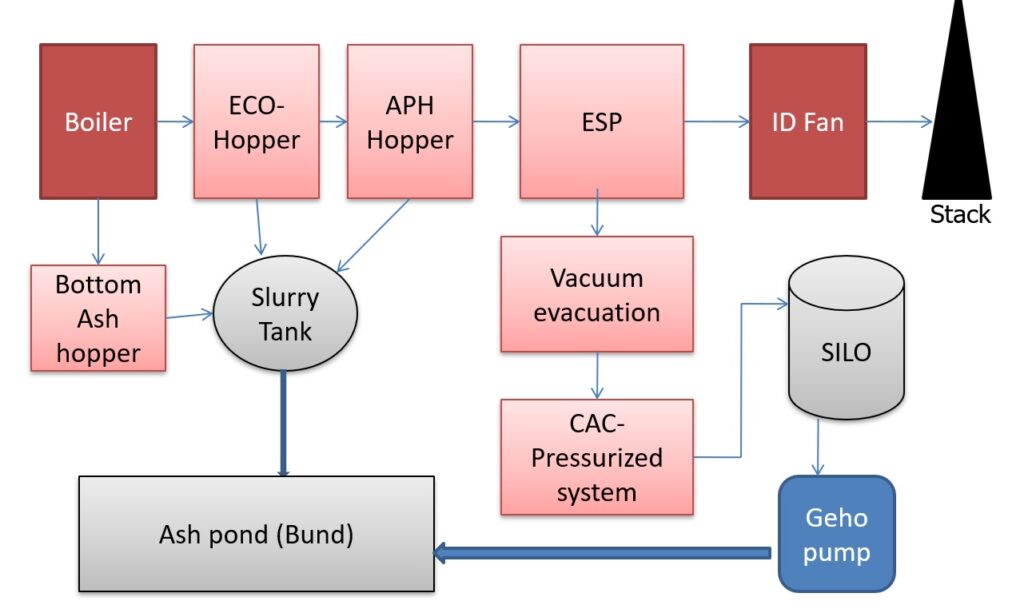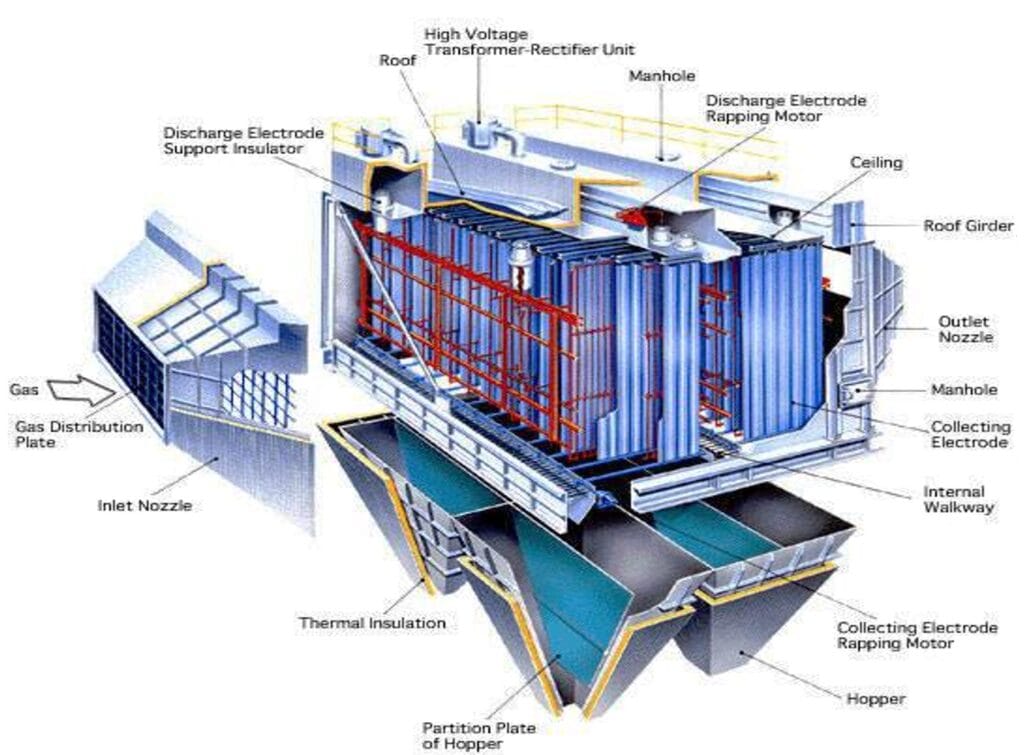Table of Contents
Toggle- Signal conditioning is a process of data acquisition, and an instrument called a signal conditioner is used to perform this process.
- Data acquisition is the process of sampling signals that measure real world physical conditions and converting the resulting samples into digital numeric values that can be manipulated by a computer.
- Signal conditioning is a process of data acquisition, and an instrument called a signal conditioner is used to perform this process.
- This instrument converts one type of electrical or mechanical signal (input-signal) into another (output-signal).
Need of Signal Conditioning
- The purpose is to amplify and convert this signal into an easy to read and compatible form for data-acquisition or machine-control.
- A signal conditioner helps to provide precise measurements, which are essential for accurate data acquisition and machine-control. These instruments can perform an additional number of different functions.
Types of Signal Conditioning

Amplification
- Amplification increases a voltage signal to a level suitable for digitization by the DAQ equipment. Typically a data acquisition device is calibrated for input voltages in the 0 to 10 V range. A small voltage, such as that coming from a thermocouple or strain gauge bridge may need to be amplified 1000 times to make it between 0 and 10 V.
- If your signal is larger than the maximum input range then you will have to divide the signal down using a resistor network.
Excitation
- Many transducers, like strain gauges and RTDs (resistance temperature devices), need a power supply. The signal from these transducers is either a voltage or a mA current. For many transducers the supply will be low voltage DC, but for transducers based on capacitance measurement an AC supply may be required.
- The information needed includes voltage range and current requirements, and for AC excitation voltages, the frequency used.
- Excitation is commonly needed for measuring force, pressure, relative humidity, temperature, level, light level, concentration and vibration.
Linearization
- Linearization is needed when the signals produced by a sensor don’t have a straight-line relationship with the physical measurement, as is the case when using thermocouples to measure temperature.
- Linearization is sometimes achieved using signal conditioning.
Filtering
- Filtering reduces noise errors in the signal.
- For most applications a low-pass filter is used. This allows through the lower frequency components but attenuates the higher frequencies.
- The cut-off frequency must be compatible with the frequencies present in the actual signal (as opposed to possible contamination by noise) and the sampling rate used for the A-D conversion.
Isolation
- A high transient voltage at one input may damage not only the input circuit, but an also propagate to other equipment connected to that input.
- You can prevent this type of damage by providing isolation between inputs.
High Impedance
- Certain types of transducer have a very high output impedance and are not able to supply enough current to use a normal voltage input.
- When connected to a normal amplifier, the currents drawn from the transducer can seriously distort the input signal.
- Typically glass electrodes used to measure pH, or gas concentration probes, are of this type.
- You should connect them to a voltage measuring circuit with a very high input impedance.


